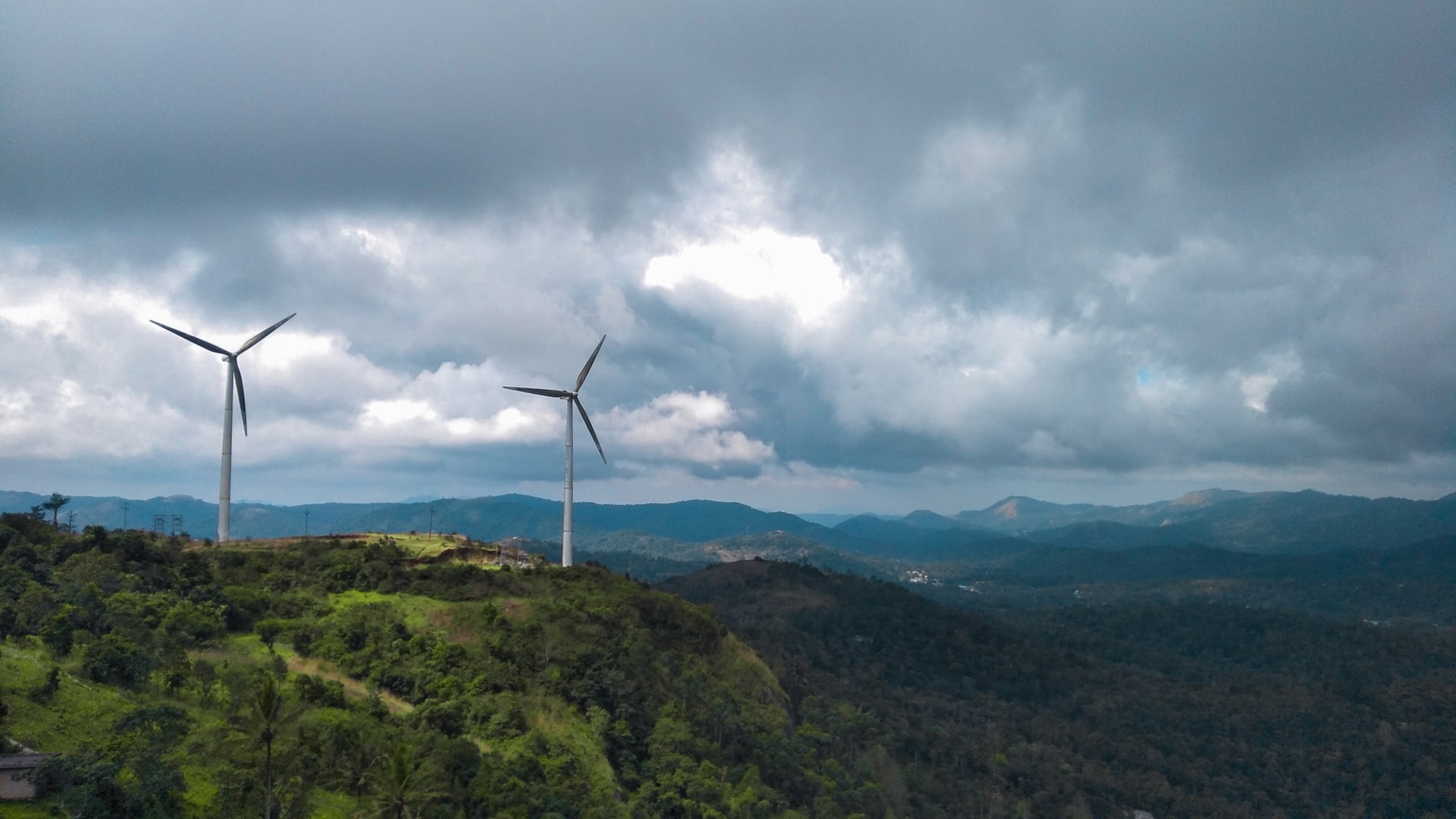COP28: What it Means for Asia
COP28, the global climate summit just concluded in Dubai, was attended by about 150 heads of state and representatives from around the world. One of the most significant outcomes of the summit was an equivocal decision to phase out fossil fuel dependence and increase renewable energy capacity.
What set apart this year’s climate summit was the first-ever culmination of the “global stocktake,” which takes place every five years to check countries’ progress on their climate pledges. The global stocktake helps decide what each country should do next to tackle climate change. At the end of the summit the COP called on all countries to accelerate their progress in phasing out dependence on all fossil fuels. This is the first time in almost 30 years that a COP decision has directly talked about getting rid of all fossil fuels. Nevertheless, the outcome fell short of the full “phase-out” many said was needed to stay below 1.5°C.
The summit produced mixed outcomes with profound implications for Asia, a region already at the frontlines of the impacts of climate change.
Renewable Energy Dependence
A global pledge supported by nearly 120 countries aims to triple renewable energy capacity by 2030. Among the Asia-Pacific nations, Australia, South Korea, Japan, Malaysia, Singapore and Bangladesh have supported the deal, which also commits to enhance energy efficiency by the end of the decade. Other than providing industry and investors with clarity and predictability, the deal will also help mobilize “much needed private capital all across the world,” said Ursula von der Leyen, president of the European Commission and a key advocate of the agreement.
This bold target sends a clear message to Asian economies, especially China, India and Indonesia, that rely heavily on fossil fuels. To fulfill this commitment, they’re under pressure to speed up their transition to cleaner energy, which will have important consequences.
First, investing in renewable energy infrastructure will usher in new jobs and economic growth along the entire process, from manufacturing and installation to maintenance and operation. Given Asia’s large workforce and rising energy needs, there’s a significant potential for benefits.
Second, the costs of renewable energy are dropping fast, making it more and more cost-effective compared to fossil fuels. This trend will incentivize Asia’s move towards cleaner energy, enhancing the region’s competitiveness, while fostering local innovation.
Nevertheless, challenges remain. Some Asian countries have a strong reliance on coal. To ensure a smooth transition to renewable energy dependence, these countries will need to upgrade their infrastructure, invest in developing skills of the new workforce and establish robust policy frameworks. Addressing these challenges is essential for Asia to make the most of the renewable energy revolution.
Well, there may be some hope. This year’s COP28 saw a large turnout of Chinese delegates, hinting at Asia’s largest economy to do more when it comes to climate mitigation. In the country’s opening remarks, executive vice premier Ding Xuexiang proposed that delegates “practice multilateralism,” accelerate the “green transition” while “promot[ing] clean, low-carbon and efficient use of traditional energies” while strengthening implementation of current actions, particularly for “support for developing countries”.
Loss and Damage Fund
At COP28, the creation of the Loss and Damage Fund marked a significant achievement for many Asian nations already facing climate challenges like rising sea levels and extreme weather events. This dedicated fund aims to provide much-needed financial help to vulnerable countries for adapting to and recovering from climate impacts.
However, the pledged amount falls short of what’s really needed. Developing countries have a huge gap in funding for climate action, and the current promises raise questions about fair distribution of resources and long-term sustainability. Wealthy countries, primarily accountable for the climate crisis, have committed a collective sum of just over US$700 million to the loss and damage fund. This amount represents less than 0.2% of the irreversible economic and non-economic losses that developing countries experience annually due to global warming. On an average, loss and damages from climate change amount to over US$400 billion a year in developing countries alone.
Also, there’s an ongoing debate about how to define and address “loss and damage,” which could pose challenges in effectively putting the fund into action. For Asia, it’s crucial to secure enough and fair funding for loss and damage. To build resilience and tackle the injustices caused by climate change, a united global effort is needed, with developed nations increasing their financial support to ensure a fair and just response to climate impacts.
Looking Ahead
The climate summit’s mixed bag of outcomes leaves Asia at a crossroads. While the renewed focus on renewables and the establishment of the loss and damage fund offers opportunities for growth and adaptation, unfulfilled ambitions and unresolved issues cast a shadow of uncertainty. Moving forward, Asian nations must forge bold national energy transition plans and advocate for a just and equitable global response, while building collective regional voice in tackling climate challenges.
Photo Caption: 1.5 Degrees Celsius is the magical border – after that, there’s no going back.



